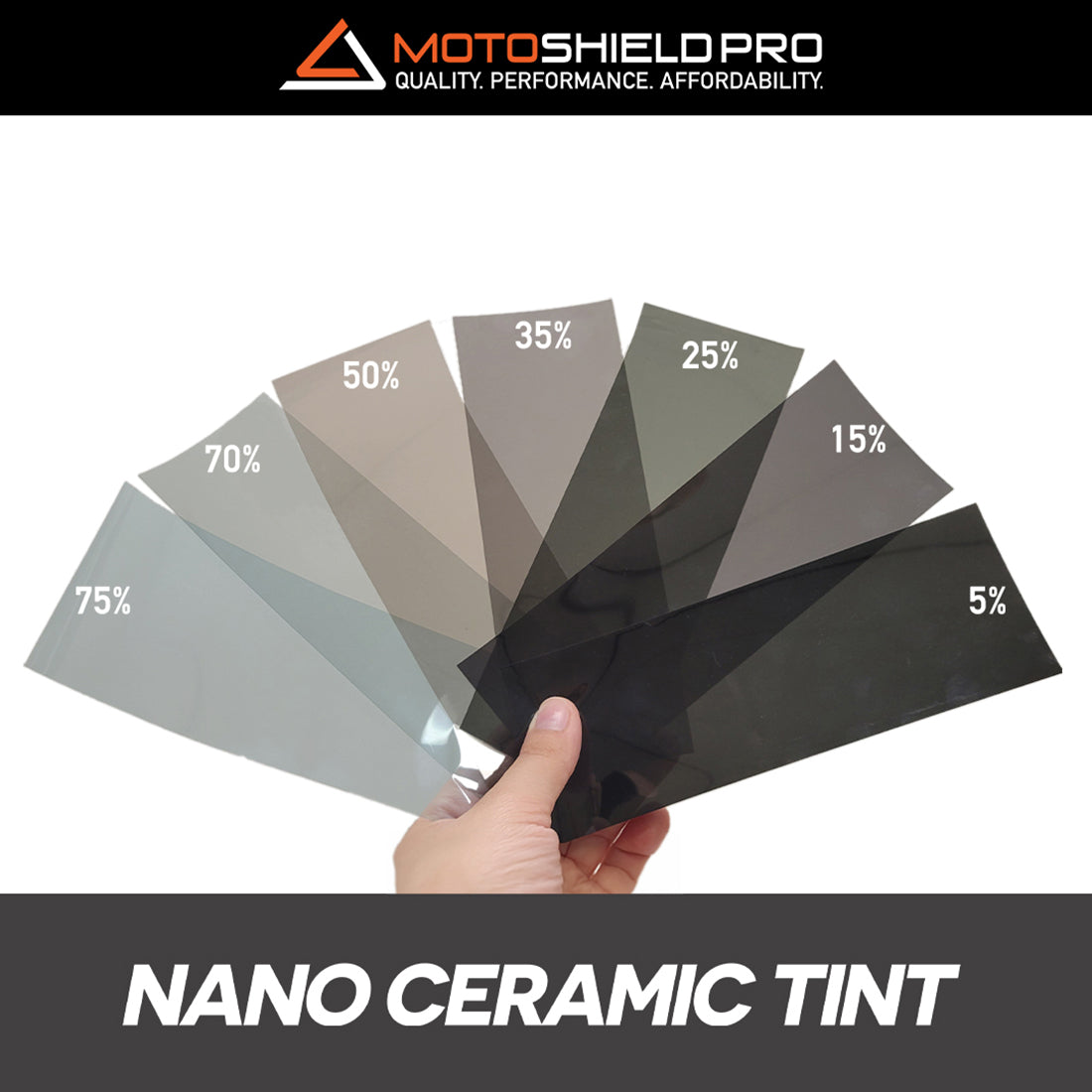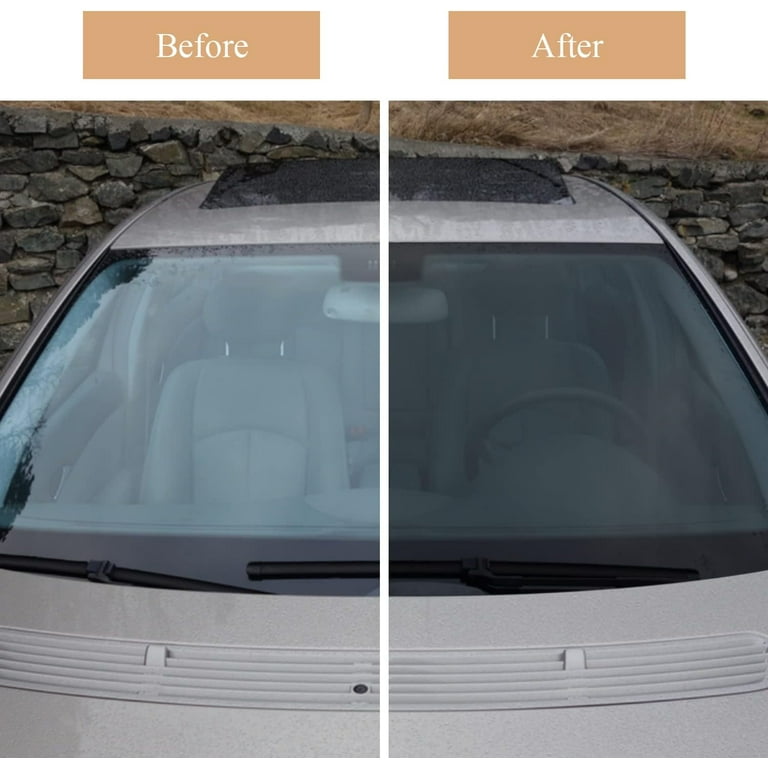Why Auto Window Tinting is a Must-Have for Modern Vehicles
Wiki Article
Window Tinting Regulations and Standards: What You Required to Know Prior To Tinting Your Cars And Truck
Prior to waging home window tinting for your vehicle, it is vital to acquaint yourself with the diverse legislations and standards that regulate this method across various states. These regulations dictate the permissible degrees of color darkness, typically measured by visible light transmission (VLT) portions, and include certain specifications for front windshields targeted at guaranteeing roadway safety. In addition, specific jurisdictions might use clinical exemptions for people with qualifying conditions. Recognizing these complexities can save you from possible legal ramifications, however what are the details policies in your state?Review of Home Window Tinting Regulations
Window tinting legislations are regularly subject to variation across different territories, mirroring regional regulations and safety and security considerations. These regulations determine the permitted levels of tint darkness and reflectiveness on vehicle home windows, guaranteeing that drivers keep sufficient visibility while additionally protecting versus harmful UV rays and heat.The majority of regulations categorize home window tinting based on the Visible Light Transmission (VLT) portion, which suggests the amount of light that can travel through the home window. Normally, lower VLT percents represent darker tints. Regulations commonly differentiate in between the front, side, and back windows, with more stringent restrictions put on the front windshield to boost safety and security for both the motorist and various other road individuals.
Compliance with home window tinting guidelines is crucial, as infractions can result in fines, necessary removal of the color, and potential rises in insurance costs. It is crucial for automobile owners to familiarize themselves with regional regulations prior to proceeding with home window tinting installments.
State-by-State Tint Laws
Comprehending the details home window tinting regulations in each state is essential for vehicle owners looking for to adhere to the legislation. Each state in the U.S. has developed its very own set of regulations governing home window tinting, which can differ significantly. These regulations usually determine the permitted degrees of color darkness, the sorts of home windows that can be tinted, and any kind of medical exemptions that might apply.As an example, states like California have rigorous constraints on tint darkness for front home windows, while others, such as New Mexico, might allow darker colors. Additionally, particular states mandate certain presence percentages for numerous windows, including the windscreen, front side home windows, and back windows. It is essential for automobile owners to familiarize themselves with their state's legislations to avoid prospective penalties or penalties.
Furthermore, some states may need an accreditation sticker label to be put on tinted home windows, showing compliance with state laws. Failure to abide by these regulations not only takes the chance of lawful effects however can additionally affect safety and visibility while driving. Lorry proprietors must carry out comprehensive research study or seek advice from local authorities to make sure full understanding and conformity with state-by-state color regulations.
Allowed Tint Types and degrees
Numerous lorry owners may be stunned to find out that permitted color levels and types vary extensively throughout various states. Each state has established its very own guidelines regarding the acceptable darkness and reflectivity of window color, typically gauged by Visible Light Transmission (VLT) portions. VLT describes the amount of light that can travel through the tinted home windows; hence, a reduced percentage suggests a darker tint.
Additionally, the sorts of color materials allowed can differ, with some states banning metallic or mirror-like coatings. It is crucial for vehicle owners to familiarize themselves with their state's specific regulations to make sure compliance. Non-compliance can result in penalties, obligatory elimination of the tint, or other legal effects, making it necessary to understand these laws before waging installment.
Medical Exemptions for Tinting
While not all states supply allocations for clinical exemptions This Site relating to window tinting, those that do acknowledge the need for certain people to enhance exposure and comfort as a result of clinical conditions. Numerous clinical problems, such as lupus, skin cancer, and specific eye conditions, can provide people particularly conscious sunshine. Consequently, these people may need darker tints to secure themselves from harmful UV rays and glow.
It is crucial to keep in mind that despite a medical exemption, there may still be limitations on the degree of color enabled. Conformity with state regulations makes sure that individuals are both safeguarded and within legal restrictions. Those taking into consideration clinical exemptions must call their regional Division of Electric motor Vehicles or comparable authority to understand the needs and treatments required to get an exception successfully.
Charges for Non-Compliance
Failing to abide by home window tinting regulations can lead to significant charges, which differ by state. Police are encouraged to issue citations for vehicles that do not follow the defined tinting guidelines. These charges commonly consist of penalties, which can vary from small total up to numerous hundred bucks, relying on the severity of the violation and the state concerned.In some territories, repeated offenses might result in rising penalties or added fines, such as required court looks. Non-compliance may require the removal of prohibited tinting, usually at the owner's expenditure. In severe situations, regular transgressors might encounter suspension of their lorry enrollment till conformity is achieved.
Furthermore, insurance coverage effects may emerge from receiving multiple citations for home window tint offenses. Insurance firms may view such infractions as an indicator of riskier habits, potentially causing enhanced costs or trouble in protection.
To click this site avoid these penalties, it is vital for lorry owners to familiarize themselves with their regional home window tinting laws and make certain that their lorry complies (Window Tinting). This positive approach not only avoids legal ramifications however also promotes road safety and security
Conclusion

Many policies identify home window tinting based on the Visible Light Transmission (VLT) percentage, which shows the amount of light that can pass through the window. Compliance with window tinting laws is critical, as infractions can result in fines, compulsory removal of the color, and prospective increases in insurance policy costs.Comprehending the specific window tinting laws in each state is important for car owners seeking to abide with the regulation. These guidelines often determine the allowed levels of tint darkness, the kinds of home windows that can be tinted, and any type of clinical exceptions that might use.
For instance, states like California have stringent restrictions on color darkness for front home windows, while others, such as New Mexico, might allow darker tints.
Report this wiki page